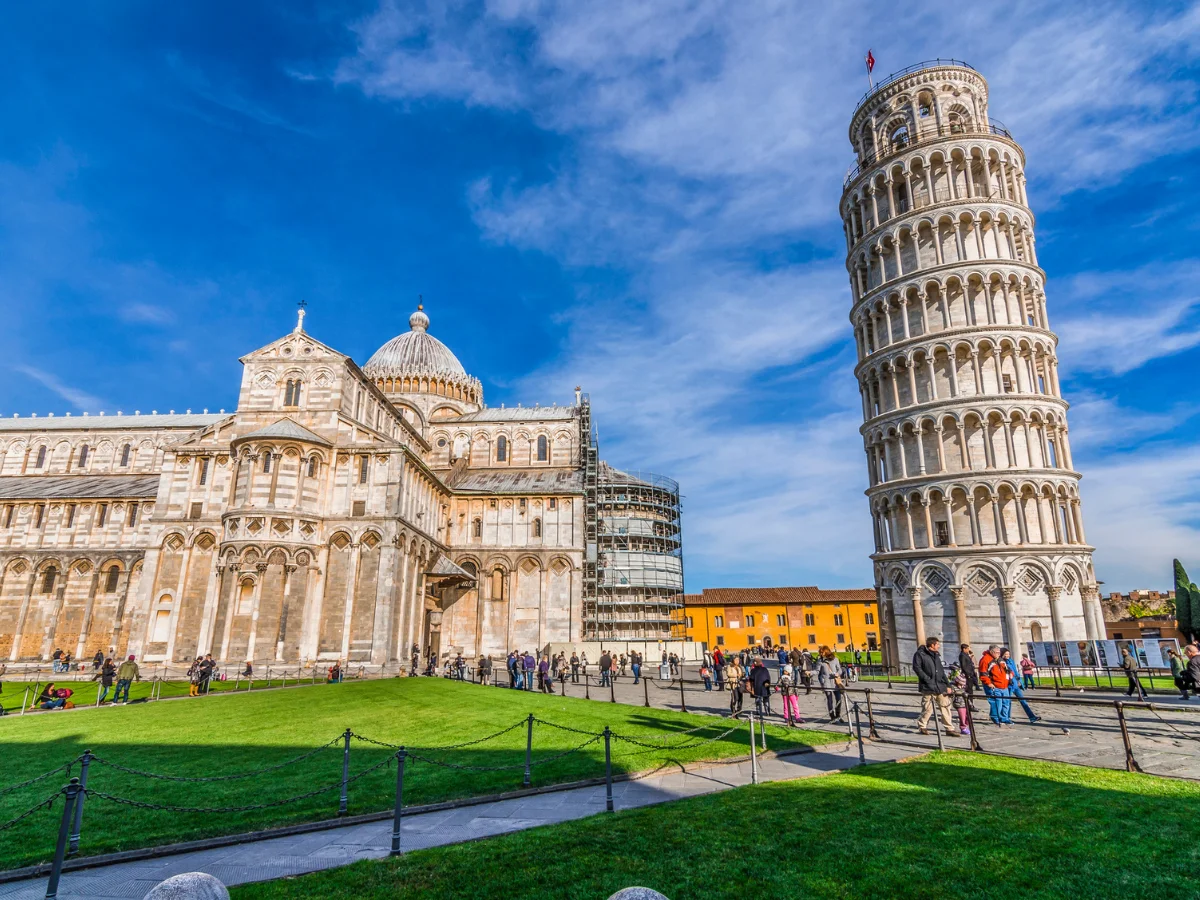Ballistae were resembling giant crossbows
Ballistae were resembling giant crossbows and were formidable Roman siege weapons. Powered by torsion, they launched heavy projectiles with precision and force, devastating enemies and fortifications alike. Strategically deployed, they played pivotal roles in battles and sieges, inflicting heavy casualties and breaching defenses. Their versatility and impact revolutionized warfare, influencing tactics for centuries. Even after Rome’s decline, their legacy endured, shaping medieval and Renaissance siege warfare. Ballistae stand as enduring symbols of ancient military ingenuity and power, leaving an indelible mark on history.

Ballistae were resembling giant crossbows
Design and Function
Designed like oversized crossbows, ballistae utilized torsion power to propel heavy projectiles, such as stones or bolts, with incredible force and accuracy.
Devastating Impact
On the battlefield, ballistae wreaked havoc, inflicting heavy casualties and causing chaos among enemy formations with their powerful projectiles.
Siege Warfare
During sieges, ballistae were instrumental in breaching enemy walls and fortifications, creating openings for infantry assaults and weakening enemy defenses.
Strategic Deployment
Roman commanders strategically deployed ballistae along defensive lines or atop fortifications, maximizing their range and impact on advancing enemy forces.
Versatility
Ballistae were versatile weapons, capable of targeting both enemy troops and structures, making them indispensable in various military campaigns and conquests.
Influence on Warfare
The introduction of ballistae revolutionized siege warfare, setting a new standard for artillery technology and tactics that influenced military strategies for centuries to come.
Legacy
Even after the decline of the Roman Empire, the legacy of ballistae endured, with similar siege engines finding use in medieval and Renaissance warfare, demonstrating their enduring impact on military history.



